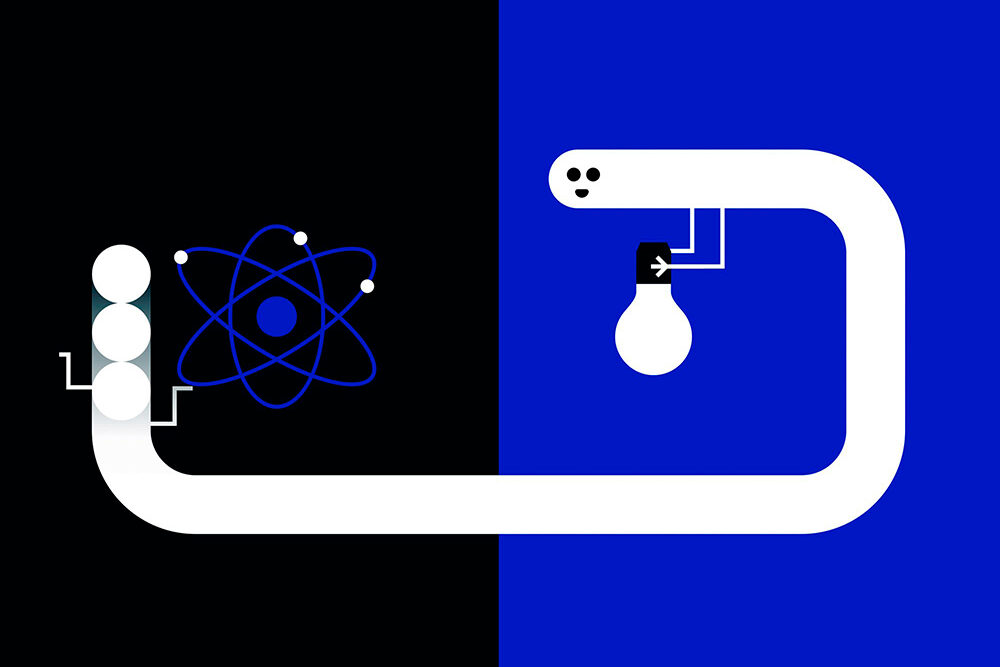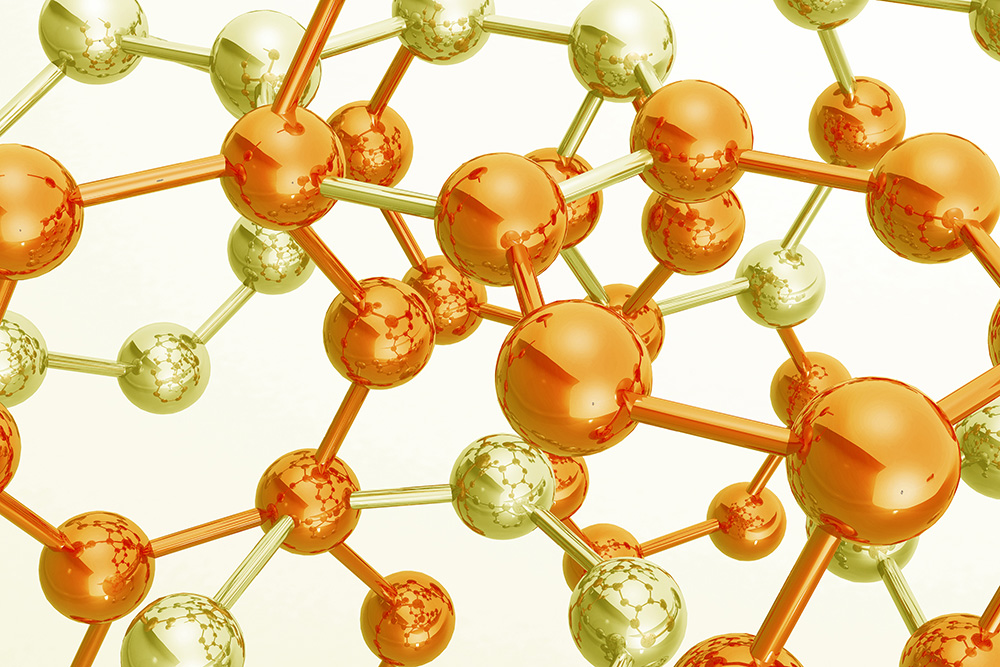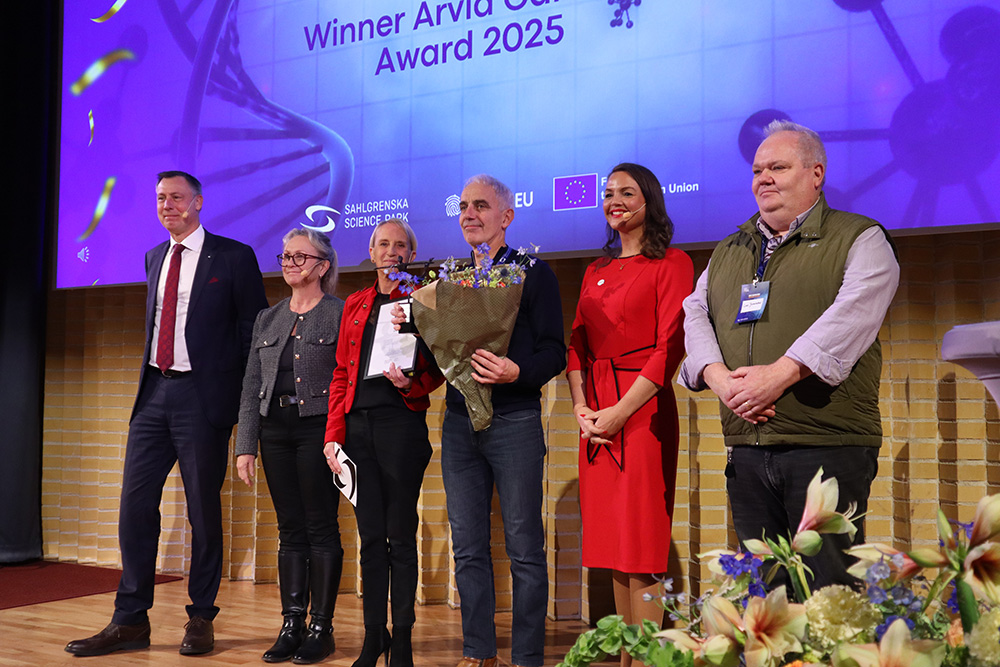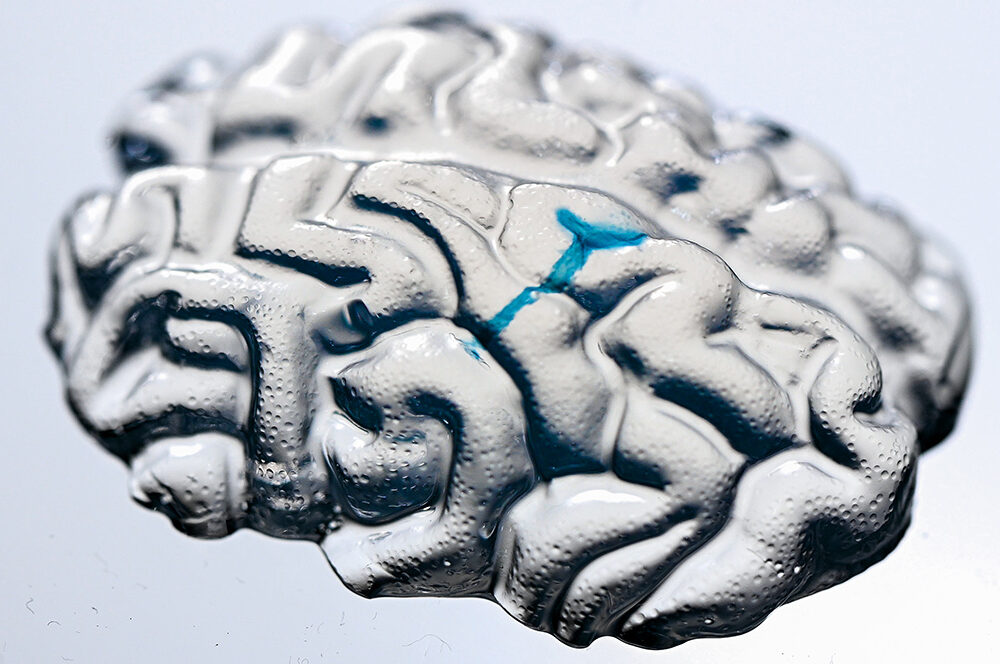The Nobel Prize in Medicine 2025 honors findings about peripheral immune tolerance

The Nobel Assembly at Karolinska Institutet has decided to award the 2025 Nobel Prize in Physiology or Medicine to Mary E. Brunkow, Institute for Systems Biology, Seattle, USA, Fred Ramsdell, Sonoma Biotherapeutics, San Francisco, USA, and Shimon Sakaguchi, Osaka University, Osaka, Japan.
The laureates groundbreaking discoveries concern peripheral immune tolerance that prevents the immune system from harming the body.
“Their discoveries have been decisive for our understanding of how the immune system functions and why we do not all develop serious autoimmune diseases,” states Olle Kämpe, chair of the Nobel Committee.
Mechanisms that keep the immune system in check
The laureates identified the immune system’s security guards, regulatory T cells, which prevent immune cells from attacking our own body.
Knowing about their existence enables us to either increase or decrease their activity, for example in autoimmune disorders where we would like to boost their function or increase their numbers.

“Knowing about their existence enables us to either increase or decrease their activity, for example in autoimmune disorders where we would like to boost their function or increase their numbers,” explains Rickard Sandberg, Associate Professor, Department of Cell and Molecular Biology (CMB), Karolinska Institutet, and Member of the Nobel Assembly at Karolinska Institutet, at the press conference.
He also says that although this is fundamental scientific discoveries, there are over 200 clinical trials in this field.
Potential new medical treatments
The fundamental knowledge that researchers have gained through the discovery of regulatory T cells and their importance for peripheral immune tolerance, has spurred the development of potential new medical treatments. Mapping of tumors shows that they can attract large numbers of regulatory T cells that protect them from the immune system. Researchers are therefore trying to find ways to dismantle this wall of regulatory T cells, so the immune system can access the tumors, describes the Nobel Assembly at Karolinska Institutet.
Researchers are also investigating whether interleukin-2 can be used to prevent organs being rejected after transplantation
In autoimmune diseases, researchers are instead trying to promote the formation of more regulatory T cells. In pilot studies, they are giving patients interleukin-2, a substance that makes regulatory T cells thrive. Researchers are also investigating whether interleukin-2 can be used to prevent organs being rejected after transplantation, the Nobel Assembly at Karolinska Institutet describes further.
Another strategy researchers are testing to slow an overactive immune system is to isolate regulatory T cells from a patient and multiply them in a laboratory. These are then returned to the patient, who will thus have more regulatory T cells in their body. In some cases, researchers also modify the T cells, putting antibodies on their surface that function like an address label. This allows researchers to send these cellular security guards to a transplanted liver or kidney, for example, and protect the organ from being attacked by the immune system, describes the Nobel Assembly at Karolinska Institutet.
The three laureates
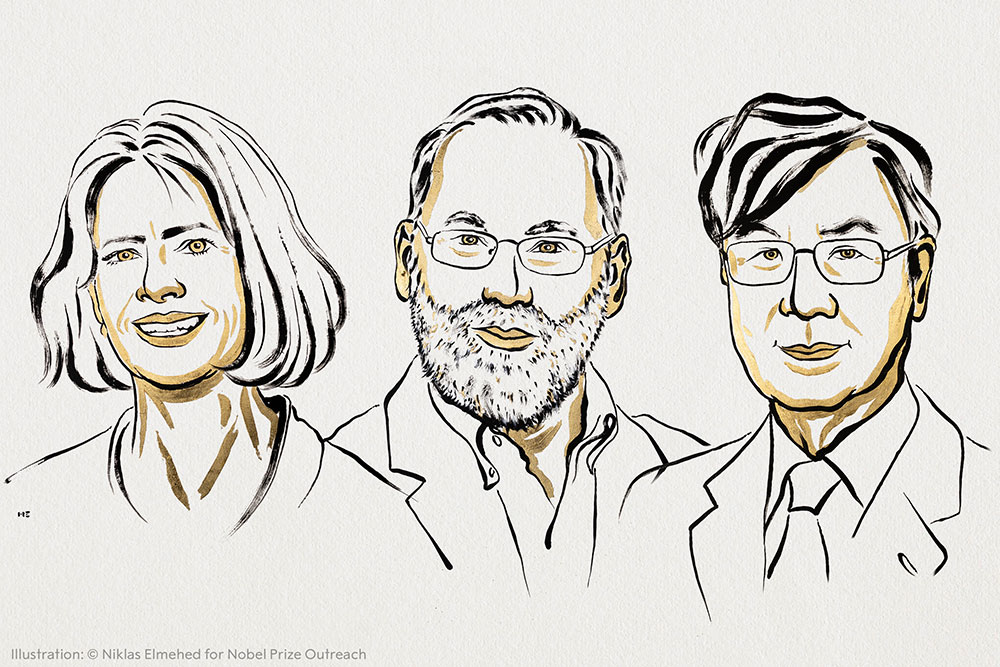
Mary E. Brunkow, born 1961. Ph.D. from Princeton University, Princeton, USA. Senior Program Manager at the Institute for Systems Biology, Seattle, USA.
Fred Ramsdell, born 1960. Ph.D. 1987 from the University of California, Los Angeles, USA. Scientific Advisor, Sonoma Biotherapeutics, San Francisco, USA.
Shimon Sakaguchi, born 1951. M.D. 1976 and Ph.D. 1983 from Kyoto University, Japan. Distinguished Professor at the Immunology Frontier Research Center, Osaka University, Japan.
Updated: October 9, 2025, 06:49 am
Published: October 6, 2025
